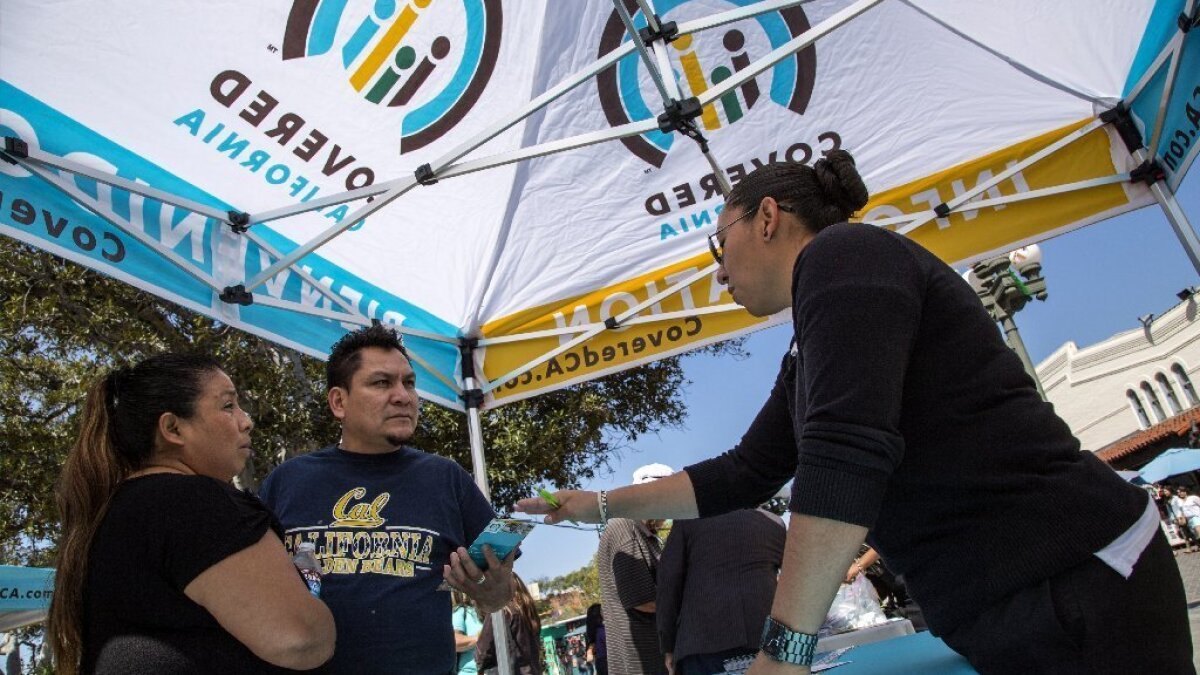Looking to secure medical coverage for the year 2022? It’s a good idea to familiarise yourself with the latest coverage options, laws, and regulations. Health insurance in California will be more inexpensive than ever because of the increased financial aid that will be provided to many residents. As a result of the extension of special enrollment, low-income Californians will have the entire year to sign up for health coverage. Find out what else may affect your health coverage and medical treatment in the year 2022.
Punishments for not having health insurance will increase in the next tax year. A tax penalty applies to those who do not have insurance in the state of California (unless they qualify for an exemption). This tax penalty for going without insurance often rises every year with inflation. Individuals living in California who go the full year without health insurance will likely be required to pay a minimum penalty of $800, plus $400 for each dependent kid under the age of 18. If a family of four goes without health insurance coverage for a whole year, they will have to pay the federal government at least $2,400. If you don’t have health insurance, you may estimate the amount of the tax penalty you’ll have to pay using the calculator.
Healthcare Insurance Subsidies Increased Continue
Those living in California will continue to be eligible for expanded health insurance premium subsidies. With the implementation of the American Rescue Plan in 2021, millions of individuals in California and around the country would get more financial assistance for health insurance costs (also known as a health insurance subsidy). Many California families will save hundreds or even thousands of dollars on their premiums because of these extended subsidies, which will remain in place until 2022. There are savings options for people of varying incomes. Thanks to this increased financial aid, some consumers will be able to pay zero dollars for their monthly premiums. Premiums for a Silver plan, the industry standard, will never exceed 8.5% of a family’s monthly income. Covered California enrollment is required for all eligible California residents to obtain these subsidies.
Maximum Amount You’ll Have to Pay Revised for 2022
To avoid spending more than the annual out-of-pocket maximum on medical care, many insurance plans cap patient responsibility at a certain percentage of the total cost of treatment. All out-of-pocket expenses for services provided by providers within the plan’s network are covered. The deductible is the dollar threshold before which your health insurance will no longer contribute toward the cost of your covered services.
The out-of-pocket maximum in 2022 is $8,700 for an individual and $17,400 for a family, up from $8,550 and $17,100 in 2021. However, not all of your out-of-pocket costs will be covered by this limit. The cost of your health insurance premiums, as well as some other expenses like those for out-of-network treatment and services not covered by your plan, are excluded from this calculation.
Those Drastic Medical Expenses Will No Longer Be a Complete Surprise
Nobody enjoys receiving a bill out of the blue. Patients with health insurance are better protected from unexpectedly high medical expenses thanks to the No Surprises Act. This new legislation expands existing safeguards in specific areas as of January 1, 2022. Emergency treatment, care from an out-of-network practitioner who treats you in a network hospital, and other rare but expensive services like air ambulances are examples.
This new legislation was enacted to shield you from high out-of-pocket costs and guarantee that you will receive timely, high-quality care in an emergency situation regardless of your health insurance provider’s network or the need for pre-approval.
Enrollment Is Open Year-Round for Low-Income Families
Typically, you won’t be able to enroll in a health plan until the annual “open enrollment” period begins. Exceptions can be made in the event of a significant life change, such as a relocation or the birth of a child. You have 60 days from the occurrence of the exception to enroll. Special enrollment is open at certain times. Beginning in 2022, Covered California will accept enrollments year-round from individuals and families whose income is at or below 150 percent of the federal poverty threshold, or up to $19,320 for an individual and $39,750 for a family of four. In contrast to previous forms of special enrollment, this one does not have a cutoff date.
Changes Made to the Public-Finances-Related Rules
Due to changes made to the public charge rule by the Trump administration, receiving a substantial amount of government aid for health insurance may have a negative influence on an individual’s application for certain immigration statuses. Many immigrants to the United States were deterred from obtaining or maintaining health insurance because they feared doing so would affect their legal status. In 2021, the Biden administration rolled back parts of the Trump administration’s public charge rule, making it so that immigration officials cannot consider whether or not an applicant is covered by government-subsidized health insurance like Medicaid, CHIP, or insurance purchased through Covered California.
Alterations to the Policies Regarding Mental Health Insurance
According to a new California legislation enacted on October 8, 2021, patients who see a mental health or drug addiction health professional are now required to be provided with a follow-up appointment within 10 working days. If your doctor recommends that you see a psychiatrist or an addiction counselor, the appointment must be set within 10 business days. Organizations will have until the new law’s implementation in July 2022 to hire enough new therapists and mental health experts to fulfill the demand.









